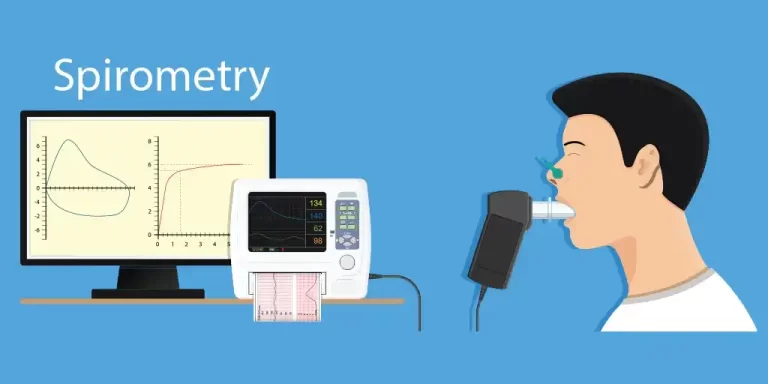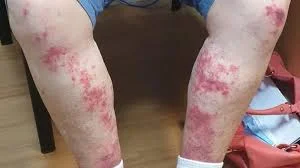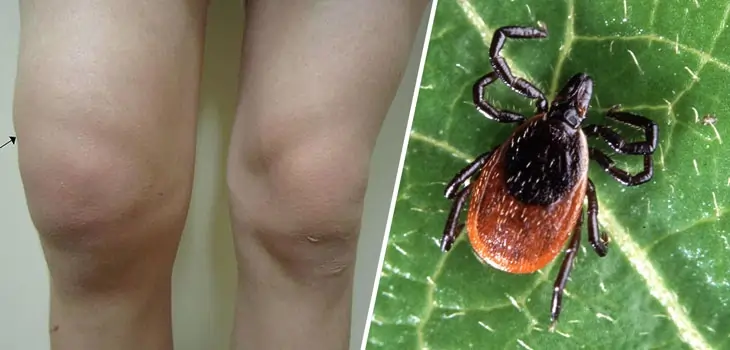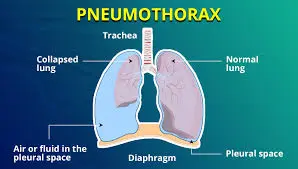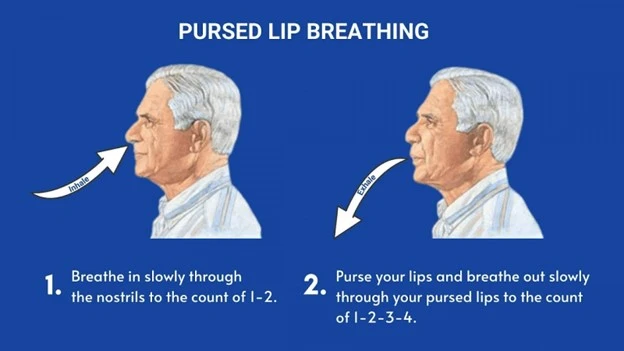Pulmonary Hypertension
Introduction Pulmonary hypertension (PH) is a condition characterized by high blood pressure in the arteries of the lungs, leading to increased strain on the heart. It can be caused by various factors, including heart disease, lung disease, chronic blood clots, or genetic mutations. There are two upper chambers and two lower chambers in a normal…



